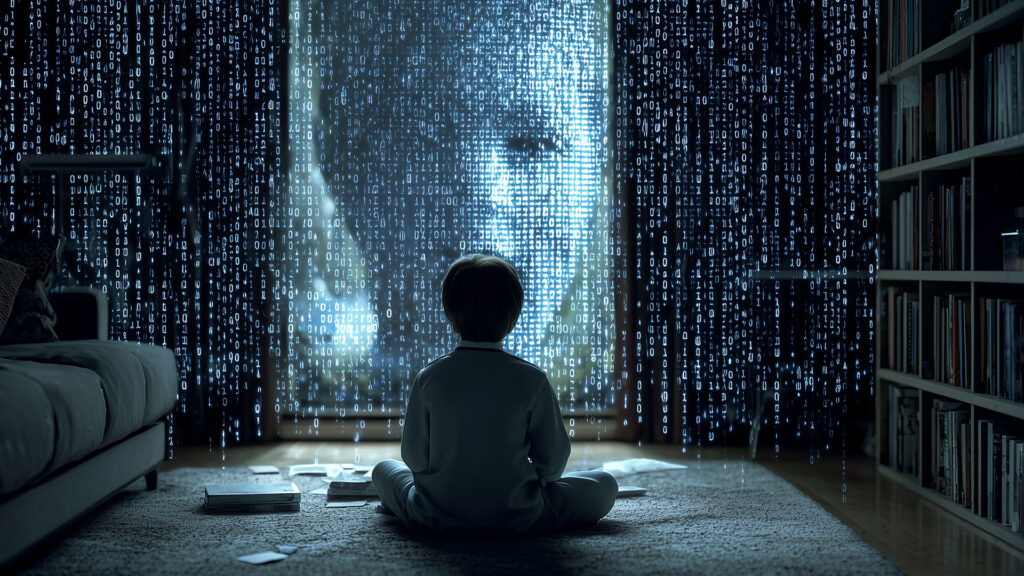The AI Act, regulation on AI, establishes 4 levels of risk of AI applications:
Author Archives: user
Artificial Intelligence has already fueled a vast literature, including science fiction, on the risks related to it. Many authors propose exaggerated and apocalyptic visions, speculating that AI will even go so far as to extinguish the human species. Others downplay, reminding us that we need only turn off the switch to disable it. A more…
The Imitation Game is the most successful Interface Metaphor in general-purpose, conversational AI. However, it conceals a basic contradiction: it is a human-machine interface, which instead disguises itself as a human-human interface. From an ergonomic point of view, the Imitation Game is part of the tradition of skeumorphic interfaces, which imitate a tool-in Greek skeuos…
In science and academia we already witness Data Ingestion of the corpus of professors and authors: publications, handouts, lectures of an author are uploaded with his or her consent within an AI model. This creates personified intelligence, which allows users to query the expert as if he or she were a real person. It becomes…
Extended Mind is a 1998 thesis by Andy Clark and David Chalmers presenting the idea of “active externalism,” in which objects in the environment function as part of the mind. Because external objects play a significant role in supporting cognitive processes, the mind and the environment act as a “coupled system” that can be viewed…
It should be made clear that many forms of Artificial Intelligence are not anthropomorphic. For example, the computer vision that analyzes millions of X-rays, pieces of an assembly line or faces at airports does not claim to imitate humans, but to perform practical functions by exceeding the limits of human senses. Even important applications such…
In primitive civilizations animism and totemism assigned animals and things a soul and a spiritual dimension. Images of magical animals prevailed in prehistoric art, and in polytheistic civilizations such as the Egyptian developed theriomorphism, which combined in the essence of the gods both human and animal. Recent AI solutions are making some animal expressions (from…
Immortality and resurrection have been central to human beliefs and expectations for millennia. From shamans to the Bible, from the Divine Comedy to spiritualism, we have always sought to interact with the dead and the afterlife. Thanks to Artificial Intelligence, griefbots are emerging, particularly in China: virtual clones of a dearly departed with whom one…
In role-playing games, an NPC–non-player character–is a graphic character who is not under the direct control of the player, but is instead managed by the game master or other players. With the advent of Artificial Intelligence, NPCs are developing autonomous behaviors, generated in real time by AI. Thus, it is not just a matter of…
In 1995 I happened to attend a special presentation live in Chicago: Bill Gates took the stage and presented Bob’s project, a new interface that enabled a range of virtual assistants for Windows and Office, such as Rover dog or Clippy. At the time, none of these “animistic” metaphors were successful; in fact, they were…


